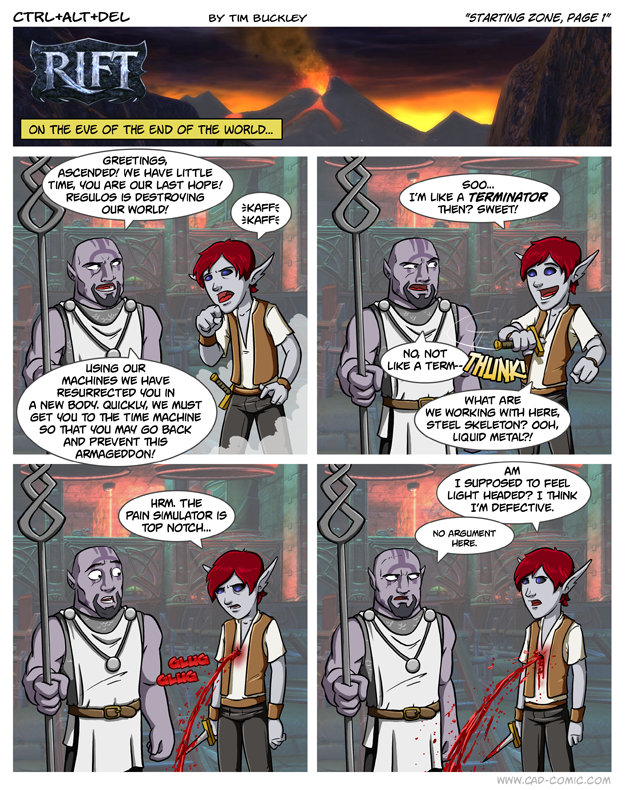“…when the things that make me weak and strange get engineered away.”
business and economy, education, everyday glory, exhibits, food for thought, geekery, health, history, news and info, office antics, trains/model railroads February 21st, 2011It’s a sunny, but cold, President’s Day. While many people/businesses have the day off, ours is not one of them. I just noted how empty the parking lots are. *shrug* Of course, most of the people who are off today don’t get a week-and-a-half off for Christmas, so I really shouldn’t complain too much.
Over the weekend, I apparently picked up SaraRules!’ cold. Yay. It hasn’t been completely hellish – mostly a cough, some sniffles and a few aches – and I seem to be on the downhill side of it now. Of course, I still sound like a frog, but what can you do…?
Chew on This: Food for Thought – Black History Month
Today’s person of note is Denmark Vesey (1, 2)
Denmark Vesey, originally Telemaque, was an African American slave brought to the United States from the Caribbean of Coromantee background. After purchasing his freedom, he planned what would have been one of the largest slave rebellions in the United States.
No records existed on Denmark’s origins, although scholars have speculated that he may have been born in St. Thomas or in Africa. Denmark labored briefly in French Saint-Domingue (present-day Haiti), and then was settled in Charleston, South Carolina as a youth, where Joseph Vesey kept him as a domestic slave. On November 9, 1799, Denmark Vesey won $1500 in a city lottery. He bought his own freedom and began working as a carpenter. Although a Presbyterian as late as April 1816, Vesey co-founded a branch of the African Methodist Episcopal Church in 1817.
By 1818 he was preaching to slaves at plantations throughout the region and, drawing on the Bible, he told them that, like the Israelites, they would gain their freedom. Although he would later deny it, he allegedly held meetings at his home to collect arms for an uprising he was planning for as many as 9000 African-Americans in South Carolina.
Inspired by the revolutionary spirit and actions of slaves during the 1791 Haitian Revolution, and furious at the closing of the African Church, Vesey began to plan a slave rebellion. His insurrection, which was to take place on Bastille Day, July 14, 1822, became known to thousands of blacks throughout Charleston and along the Carolina coast. The plot called for Vesey and his group of slaves and free blacks to execute their enslavers and temporarily liberate the city of Charleston. Vesey and his followers planned to sail to Haiti to escape retaliation. Two slaves opposed to Vesey’s scheme leaked the plot. Charleston authorities charged 131 men with conspiracy.
Vesey defended himself ably at his trial, but was sentenced and hanged along with about 35 blacks; some 35 others were sold to West Indian plantation owners. It would have been the largest slave revolt in U.S. history, but its end result was the passing of even stricter laws against African-Americans.
Stray Toasters
- An Eye-Opening Look at America’s Academic Standards
- U.S. Sets 21st Century Goal: Building a Better Patent Office
- Trying to find the replacement part I need for my railroad crossing has been like looking for the proverbial needle in a haystack.
- Five retirement planning mistakes to avoid

- LotR Rewritten from a Mordor Perspective
- Another Stop on a Long, Improbable Journey
- RR in a Box – this is an interesting concept.
- Women in War: “I’ve Lived Out There With the Guys”
Namaste.
Leave a Reply
You must be logged in to post a comment.
